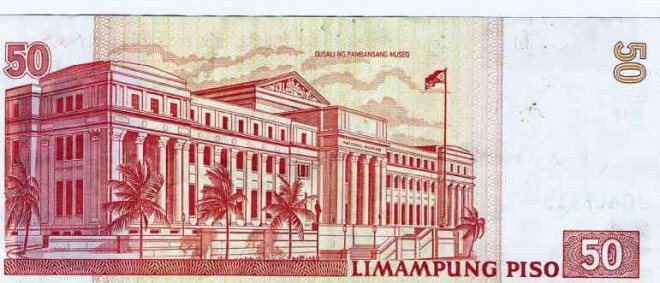
Among the basic principles of conservation followed internationally is the stipulation that all angles of architectural monuments or heritage buildings should always remain in full view to the public.
That sight lines to architectural heritage structures must be kept free is stipulated in the International Council on Monuments and Sites (Icomos)-Venice Charter, the principal heritage charter observed globally that is referred to by Unesco for World Heritage issues.
In other words, we are asked to control the setting around our architectural heritage so that we can continue to display our monuments with pride (and also to see them clearly).
It means that nothing should visually block either the long or short vistas that lead the eye towards the monument, and that the view to be maintained is the view from the ground up, as originally envisioned by the building’s architect.
Part of the principle is also preventing the construction of new buildings so close to the monument that they diminish its visual impact.
Visual chaos
An ongoing example of this is the construction of a multi-story building in Manila that blocks and visually alters the existing open-ended skywards view of Rizal Park that gives it the illusion of space open to infinity.
The principle of maintaining sight lines is difficult to understand in a city like Manila, where visual chaos is the norm and building regulations are cavalierly disregarded because people are monument-centric—concerned only with the heritage structure itself while disregarding its surroundings without realizing that the monument, together with its surroundings, make an urban ensemble.
The reason why Vigan is considered picturesque is that the urban ensemble of colonial houses has remained intact. The urban vista is coherent and uninterrupted by any visual obstruction.
This did not happen by accident either. The Vigan Heritage Code strictly prohibits the construction of any visual obstruction to the existing heritage urbanscape.
Manila’s urban ensembles, like the streetscapes of Binondo, or what used to be the quiet residential streets of Pasay and Quezon City, and the grand Quezon Boulevard and Commonwealth Avenue of the Burnham Plan, have all been swallowed up by the generic streetscape of speculative development and indiscriminate road-widening.
The LRT tracks above Taft Avenue and Avenida Rizal have done both streetscapes in, permanently throwing everything below in shadow, killing much of the vibrant and busy street life on those formerly vital avenues, covering up what could have been another source of air for the unfortunate who live and work below.
Both avenues were once Manila’s grand urbanscapes with vistas stretching for kilometers.
Vistas provide an illusion of urban space so lacking in dense Manila.
Last of the grand vistas
One of the last grand vistas of Manila today is at Rizal Park. Stretching from the shore of Manila Bay all the way to Taft Avenue, Rizal Park is one of the largest open spaces in the city.
A row of buildings on T. M. Kalaw Street bounds one side of the park and on the opposite side; it is bordered by the former Intramuros moat (now a golf course) framed by the Spanish colonial stone fortifications.
What makes Rizal Park outstanding is that around it survives probably the largest ensemble of American colonial architecture in the country, and possibly in the world, since the United States had no other colonies.
The most imposing American colonial ensemble of buildings is the three on the Taft Avenue side of Rizal Park that form the National Museum of the Philippines: National Museum of Art (former Senate Building), National Museum of the Filipino People (former Department of Finance Building) and National Museum of Natural History (former Department of Tourism Building).
Daniel Burnham, noted American urban planner, brought at the turn of the 20th century to plan the city of Manila, determined the location of the three structures to be key focal points in the visual axis from Manila Bay to Taft Avenue.
Designed in the Beaux Arts style favored by the American government at the time, the grand buildings stand graciously, their façades capped by classical pediments and sweeping steps connect their colonnaded entrances to the sidewalk.
The group of buildings are so much a national icon that the National Museum of Art is immortalized on a Philippine banknote.
These are the type of buildings that must be displayed to the Filipino people with pride, the vistas toward them protected from obstruction, with the open ground and air space between them protected to make sure that they continue standing in the manner conceived by Burnham and the government authorities of the period.
We should assure that there is a legislated buffer zone around this precious ensemble to protect it from any visual or physical intrusions, because there is so little of Manila’s American colonial heritage left intact.
E-mail the author at pride.place@ gmail.com.